Reliability engineers and team in general play a critical role in ensuring the dependability and performance of systems, products, and processes. They apply a skillset which is a combination of engineering principles, data analysis, and problem-solving skills to enhance the reliability and availability of assets.
As we explained in the previous lecture (Team, Tools & Data together yield Reliability) : Creating a subconscious perception of reliability involves fostering an environment and practices that consistently reinforce the idea of dependability, trustworthiness, and consistency. And who creates this environment? They are simply our team through their skillset. They plant it in the minds of the stockholders one reliable action at a time. You can read more on the effect of subconscious believes in this lecture: The Sixth key to Well-Being, The Environment – Part I
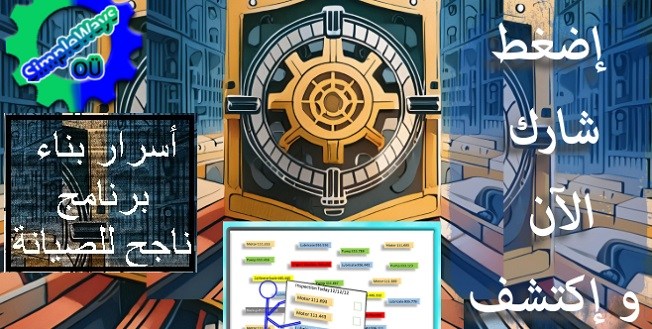
CUSTOMPRICE-TO2JAN26
Is there an exclusive skillset for reliability?
You can think of reliability as the framework that summons together all our niche or profession best practices. On the other hand, you can see reliability as the resultant trustworthy perception created around our niche or profession as a result of applying those best practices. Even though we had discussed before together that best practices are not the exclusive list of practices that will transform your workplace to the best possible version of itself. Still Best Practices are what most of the best players in our field refer to when they describe their success.
Same analogy applies to what the maintenance and reliability team(s) should know. There is no one exclusive list for those skills. However, there is a skillset that is commonly recommended to be part of the reliability team skillset. Those skills might seem dedicated for the reliability of the industrial assets and related processes. However, if you substituted the engineering or maintenance skill terms with their counter in any other profession, you will find that still this skillset held itself true in that profession.

CUSTOMPRICE-TO2JAN26
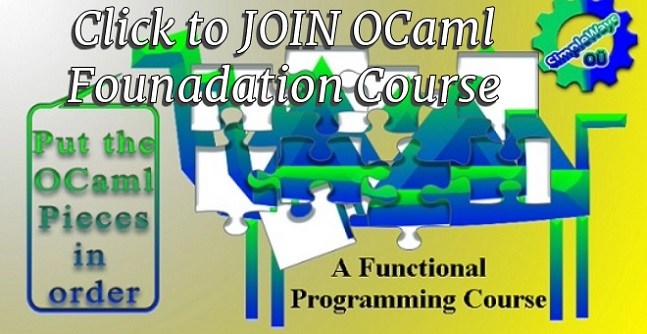
CUSTOMPRICE-TO2JAN26
Here is the recommended skillsets for reliability teams:
The skills link the knowledge to the physical world. Team needs these skills to use the tools properly and safely. Moreover, they need the skills to understand the standards and, to be conscious about the environment they are working in. The intelligence and decision making are also skills. They need to decide whether it is better to use the higher size crimping die or the lower one? Or to be strict or compassionate? Having emotional intelligence is as crucial as having the sense of numbers and number conversions.
1. Technical Skillset:
- Engineering Fundamentals: Solid understanding of engineering principles relevant to the specific industry (mechanical, electrical, chemical, etc.).
- Project Management: Project Planning: Ability to plan and execute reliability improvement projects, considering timelines, resources, and budgets.
- Statistics and Probability: Proficiency in statistical methods and probability theory for reliability analysis.
- Data Interpretation: Analytical skills to interpret data related to equipment performance, failures, and maintenance history.
- Statistical Tools: Knowledge of statistical tools and software for data analysis, hypothesis testing, and trend analysis.
- Reliability Modeling: Ability to create and interpret reliability models, such as Weibull analysis, fault tree analysis, and reliability block diagrams.
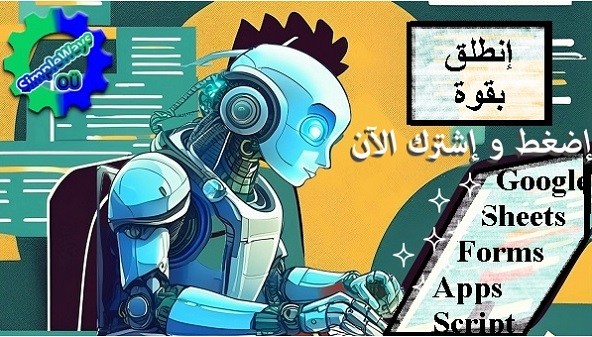
CUSTOMPRICE-TO2JAN26
2. Asset & Maintenance Skillset
- Preventive and Predictive Maintenance: Understanding and application of preventive and predictive maintenance strategies to improve asset reliability together with other relevant maintenance strategies.
- Root Cause Analysis (RCA): Proficiency in conducting RCA to identify and address the root causes of failures. Avoiding failure repetition fosters reliability
- Failure Modes and Effects Analysis (FMEA): Skill in conducting FMEA to identify potential failure modes and their consequences.
- Lifecycle Management: Knowledge of asset lifecycle management, including acquisition, operation, maintenance, and decommissioning.
- Criticality Analysis: Ability to perform criticality analysis to prioritize assets based on their importance to the organization.
- Standardized Procedures: Establish standardized procedures to ensure consistency in operations.
- Efficient Workflows: Streamline workflows to minimize errors and ensure a reliable and efficient process.
- Quality Control: Understanding of quality control principles and methodologies to ensure the reliability of products and processes.
- Six Sigma: Familiarity with Six Sigma methodologies as an example for process improvement tools.

CUSTOMPRICE-TO2JAN26
- Regulatory Compliance: Industry Standards: Familiarity with industry standards and regulatory requirements related to reliability and safety.
- Safety: Safety Protocols: Understanding and adherence to safety protocols to ensure the reliability of systems without compromising safety.
- Cultural Alignment: Foster a company culture that values reliability and emphasizes its importance in all roles. Ensure that organizational values align with reliability as a core principle.
- Materials Science: Understanding of material properties and selection to enhance the reliability of components.
- Testing Techniques: Knowledge of testing methodologies to assess the performance and reliability of systems.
- Reliability Testing: Experience in planning and executing reliability testing protocols.

CUSTOMPRICE-TO2JAN26

CUSTOMPRICE-TO2JAN26
3. Communication Skillset:
- Reporting and Documentation: Ability to communicate findings, recommendations, and reliability metrics through reports and documentation.
- Cross-Functional Collaboration: Collaboration with other departments such as maintenance, operations, and design to implement reliability improvements.
- Clear Messaging: Ensure that communication about reliability is clear, concise, and consistent across all channels.
- Storytelling: Narratives: Share success stories and positive narratives related to reliability to create a positive perception. – Case Studies: Use case studies to illustrate how reliability has positively impacted clients or customers.
- Repetition: Reiterate key messages about reliability regularly to reinforce the importance of dependability.
- Openness: Be transparent about processes, procedures, and decision-making. This transparency fosters trust and the perception of reliability.
- Communication of Changes: Clearly communicate any changes in processes or services to manage expectations and avoid surprises.
- On-Time Delivery: Consistently meet deadlines and delivery commitments.
- Honoring Agreements: Uphold agreements and promises to demonstrate reliability in business relationships.
- Responsive Communication: Provide timely and responsive customer service to address queries, concerns, or issues promptly.
- Consistent Support: Your customers are the customers of your function within the organization. Consistency in delivering support builds a sense of reliability and dependability.
- Customer Feedback: Actively seek and respond to customer feedback to address concerns and continuously improve.
- Employee Input: Encourage employees to provide insights on areas for improvement and highlight successes in maintaining reliability.

CUSTOMPRICE-TO2JAN26
4.Self development Skillset
Continuous Learning: Adaptability: Willingness to stay updated on emerging technologies, industry trends, and best practices in reliability.
Digital Tools: There are a lot of digital tools in todays organization. We come across them naturally as part of our daily jobs. Among them are CMMS and Reliability Software. Proficiency in using Computerized Maintenance Management Systems (CMMS) and reliability software tools for data management and analysis is a an expected tool to have as a reliability team member.
Continuous Improvement: Demonstrate a commitment to continuous improvement in quality and reliability.
Professional Certifications: Certifications: Relevant certifications such as CMRP or MMP or other industry-specific certifications.
5. Leadership and Problem-Solving:
Leadership Skills: Leadership qualities to drive reliability initiatives and collaborate with cross-functional teams.
Problem-Solving: Strong problem-solving skills to address complex reliability issues. Leaders should model reliability in their actions and decisions.
Subtle Visual Cues: Ensure that dash boards and reports subtly convey dependability and reliability. Maintain a consistent and professional visual identity of Reliability across all communication platforms.
Crisis Management: Demonstrate reliability during crises by responding effectively and transparently to challenges. This consequently leads to Learning from Mistakes. So show a commitment to learning from mistakes and improving processes.
Shout for standing out efforts: Recognize and acknowledge instances of reliability, whether in employees, products, or services. Moreover, Issue, Pursue and highlight relevant industry awards or certifications that reinforce a commitment to reliability.

CUSTOMPRICE-TO2JAN26
In Conclusion,
Across 5 skillsets, we had briefed dozens of skills that reliability teams need to embrace. Our team need to combine these technical and interpersonal skills to effectively contribute to the reliability and performance of systems within their respective industries. Continuous learning and adaptation to emerging technologies are also crucial in this dynamic field.
If you feel you need help with any of these ideas we discussed, request a Management Consultancy or Coaching Services From our Store

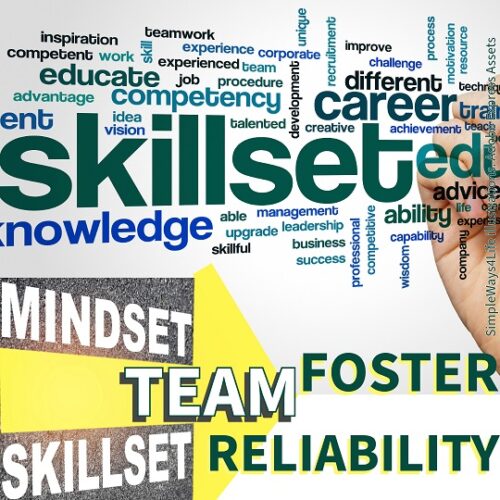



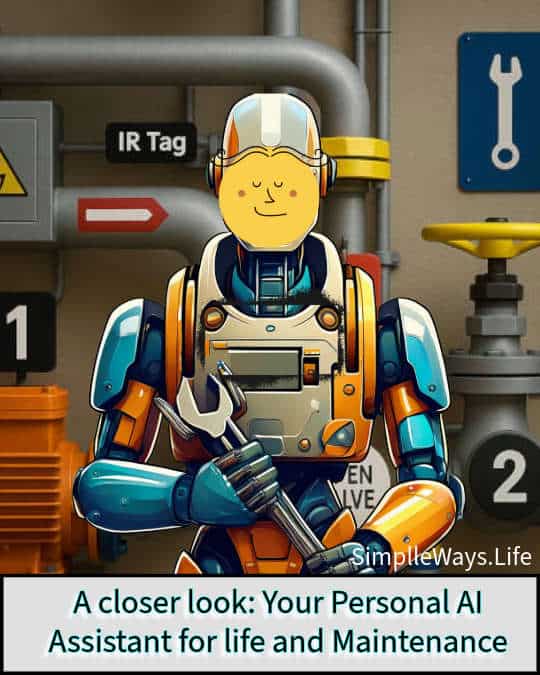
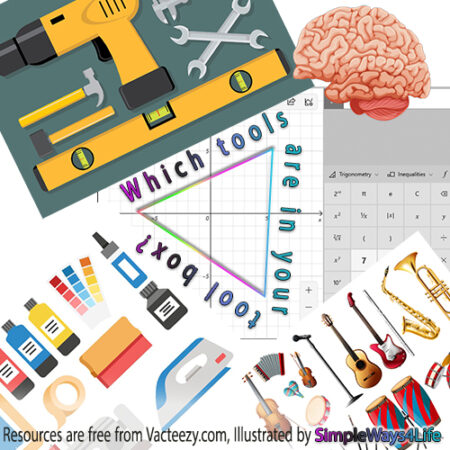




One Comment